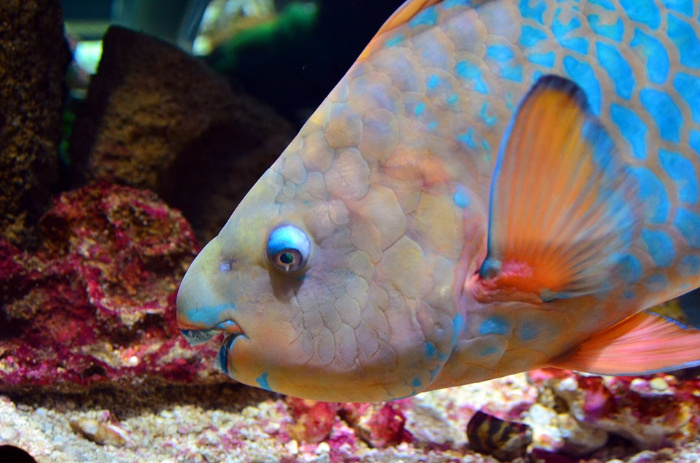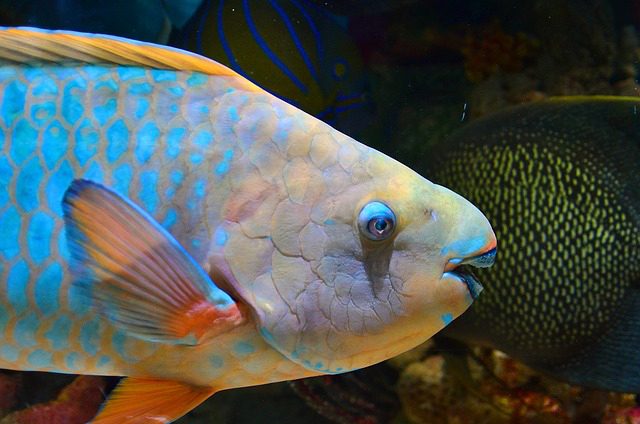Experts are calling out the commercial sale of parrotfish or loro fish, a favorite in Filipino cuisine, for the species’ importance to preserving the rapidly depleting coral reefs.
Filipinos normally find these marine creatures with colorful scales as aquarium pets or as seafood fare.
Facebook user Jane Libres expressed this sentiment as she shared snapshots of the fishes being sold in the Philippine market. She highlighted how the abundance of parrotfishes is actually a win for the environment and for the next generations.
PAKI USAP WAG NYO NA SILA HULIHIN at WAG NYO NA DIN PO BILHIN😕😭First! To make things clear this is a re-post but same…
Posted by Jane Libres on Tuesday, October 9, 2018
Libres explained that parrotfishes eat algae and dead corals off coral reefs, and then excrete or poop this diet into coral sand. This sand will eventually replace the sand particles being washed off along the beaches.
“It is much more important to have it clean up coral reefs and produce coral sand then shoveling it into your stomach!” she said.
The alarming parrotfish industry is also seen in parts of the world where major coral formations are found. Corals after all are a source of the fish’s diet.
Parrotfishes thrive in warm regions of the Carribean, the Pacific, Atlantic and Indian regions.
A savior of coral reefs
A parrotfish is recognized by its “thick, heavy bodies and large scales.” It also appears in different colors and changes sexual orientation throughout its lifetime.
Its name is said to be derived from its “fused teeth” that resembles the parrot’s beak. It also has another set of teeth in its throat.

This adaptation is to help the creature acquire its food, that is, through scraping algae, rocks and small invertebrates from reefs, and then crushing these for ingestion.
According to a National Geographic, the parrotfish spends 90 percent of its day just eating algae and cleaning reefs.
“However, parrotfish have been overfished and Caribbean reefs have gotten increasingly furry with algae over the past for decade, resulting in a far less pretty picture, and a far less productive and resilient ecosystem,” Ayana Johnson said.
A study by the International Union for Conservation of Nature showed that corals in the Carribean have declined by more than 50 percent since the 1970s at the same time as the decline of parrotfish population in the region.
“Most Caribbean reefs have been dominated by algae since the mid 1990s. This shift from coral to algal dominance was initiated by the combination the mass die off of sea urchins (the other key herbivore) and the overfishing of parrotfish,” Johnson said, citing the study.









